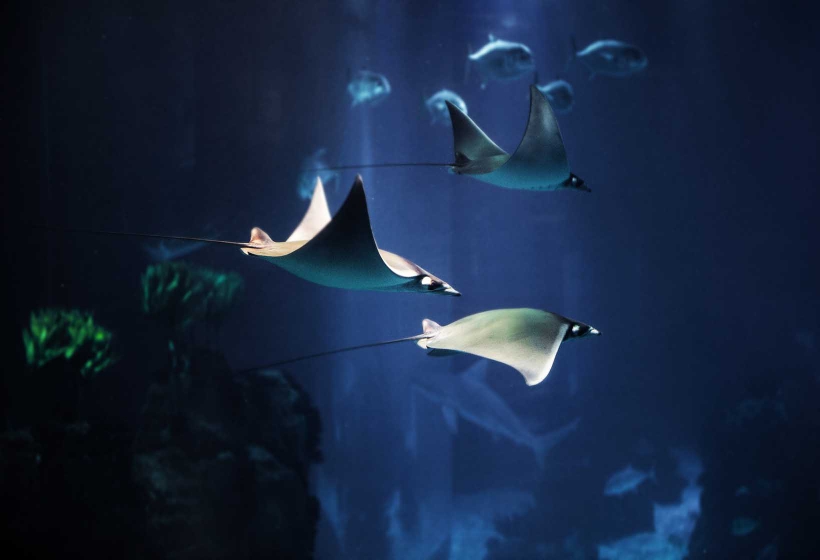Lesser devil ray

Biology
This small devil ray, with a maximum width of about 120 centimetres, lives preferably in coastal areas, in the western Atlantic. It can be found singly or in large shoals, which feed on zooplankton, small shrimps and fish. The cephalic lobes, projected from the front of the head, work as spoons that help to gather the food near the mouth.
This species is ovoviviparous, meaning that the embryos develop in eggs, inside the mother’s uterus. The juvenile are born completely formed, with about 55 centimetres.
Conservation
In some places, the lesser devil ray is a target of commercial fishing, and it also bycatch of other fisheries. Due to the lack of information about lesser devil ray's populations, age, growth and reproductive rates, this species may become threatened in the future if commercial fishing pressures increase.
Curiosities
Despite being very similar to the devil ray (Mobula mobular), this species is distinguished as it is smaller, has a longer tail without a spine at the base.
